1. Introduction to Cage Free Ventilation System
A Cage Free Ventilation System is an essential environmental control technology designed specifically for poultry houses that adopt cage free housing methods. With the growing emphasis on animal welfare, cage free poultry farming has gained traction globally. This system ensures optimal air quality, temperature, and humidity within barns where birds move freely, thereby enhancing bird health, welfare, and production efficiency.
Unlike traditional cage systems where ventilation needs are relatively static due to fixed bird positions, cage free systems require dynamic and uniform air distribution to cater to birds that move freely across the house. A well-designed cage free ventilation system reduces harmful gases like ammonia, controls dust levels, manages moisture, and maintains temperature within an ideal range, all of which are crucial for bird comfort and farm biosecurity.
This article provides an in-depth overview of cage free ventilation systems, including technical parameters, key features, advantages, applications, operational guidelines, maintenance, troubleshooting, and FAQs, aimed at poultry farmers, engineers, and industry stakeholders.
2. Technical Parameters of Cage Free Ventilation System
Cage free ventilation systems are engineered with precise technical specifications to meet the environmental demands of cage free poultry barns.
2.1 System Types
Tunnel Ventilation: Airflow moves longitudinally through the barn, ideal for long, narrow houses.
Cross Ventilation: Air flows laterally, suitable for smaller or wider barns.
Negative Pressure Ventilation: Fans exhaust stale air creating negative pressure that draws fresh air inside.
Positive Pressure Ventilation: Fans push fresh air into the barn, less common in poultry but used in specialized environments.
2.2 Key Components
Exhaust Fans: High-efficiency fans with capacities ranging from 5,000 to 30,000 cubic meters per hour (m³/h) or more, depending on barn size.
Inlet Vents: Adjustable sidewall or ceiling inlets that regulate incoming fresh air.
Dampers: Control air volume and direction.
Air Filters/Screens: Prevent ingress of dust, insects, and pathogens.
Controllers: Programmable logic controllers (PLC) or microprocessor-based units for automated environmental management.
Sensors: Temperature, humidity, ammonia, and carbon dioxide sensors for real-time monitoring.
2.3 Environmental Parameters
Air Changes per Hour (ACH): Typically 15–20 ACH for cage free houses during normal operation; higher rates during hot weather.
Temperature Control Range: Maintained within 18–24°C for layers; 20–28°C for broilers depending on age.
Humidity Control: Target relative humidity of 50–70% to minimize respiratory issues.
Ammonia Levels: Kept below 20 ppm for bird health.
2.4 Power and Energy
2.5 Dimensions and Installation
Fan Sizes: Typically 600 mm to 1,200 mm diameter.
Inlet Dimensions: Adjustable based on barn volume and airflow requirements.
Installation Height: Exhaust fans mounted at gable or sidewalls; inlets placed opposite to create airflow.
3. Key Features of Cage Free Ventilation System
3.1 Uniform Air Distribution
Designed to provide consistent airflow throughout the barn, ensuring all areas receive fresh air irrespective of bird movement.
3.2 Automated Environmental Control
Integrated sensors and controllers automatically adjust fan speed, damper position, and inlet openings for optimal air quality and temperature.
3.3 Energy Efficient Operation
Incorporates variable frequency drives and aerodynamic fan blades to minimize power consumption.
3.4 Robust and Durable Construction
Fans and inlets are made of corrosion-resistant materials such as galvanized steel or high-grade plastics to withstand ammonia and moisture exposure.
3.5 Noise Reduction
Fans equipped with noise dampening features to maintain a quieter environment, reducing bird stress.
3.6 Easy Installation and Maintenance
Modular design with accessible components simplifies installation, cleaning, and repairs.
4. Advantages of Cage Free Ventilation System
4.1 Enhances Bird Health and Welfare
By maintaining optimal air quality and temperature, ventilation reduces respiratory diseases and heat stress, improving overall bird wellbeing.
4.2 Improves Production Efficiency
Healthy birds with good air quality perform better, resulting in higher egg production and growth rates.
4.3 Reduces Ammonia and Dust Levels
Effective air exchange minimizes ammonia accumulation and dust particles, protecting bird lungs and improving barn hygiene.
4.4 Energy Savings
Modern systems optimize fan operation according to environmental needs, reducing energy costs.
4.5 Compliance with Welfare Standards
Supports adherence to international animal welfare guidelines requiring suitable environmental conditions.
4.6 Flexibility
Adaptable to various barn sizes and designs, scalable for small to large operations.
5. Application Scenarios
5.1 Cage Free Layer Houses
Provides precise environmental control for large flocks of laying hens with free movement.
5.2 Cage Free Broiler Farms
Ensures optimal ventilation for broilers’ growth and health across various stages.
5.3 Organic and Free Range Farms
Integrated with natural ventilation systems for outdoor access poultry.
5.4 Research Facilities
Used in experimental settings to study environmental impacts on bird health.
5.5 Small to Large-Scale Poultry Farms
Systems scalable from a few thousand to hundreds of thousands of birds.
6. Installation and Usage Instructions
6.1 Pre-Installation Planning
Assess barn size, shape, and orientation.
Calculate required airflow rates based on stocking density and climate.
Plan locations for exhaust fans and inlet vents to optimize airflow patterns.
6.2 Installation Steps
Mount exhaust fans securely at gable ends or sidewalls.
Install inlet vents on opposite walls or ceiling, ensuring adjustability.
Connect sensors and controllers with power supply and control panels.
Seal any gaps to prevent air leaks and ensure system efficiency.
6.3 System Commissioning
Power on system and run fans at different speeds to test airflow distribution.
Calibrate sensors and controller settings according to bird species and local climate.
Conduct smoke or fog tests to visualize airflow patterns and detect dead zones.
6.4 Daily Operation
Monitor system via control panel or remote monitoring tools.
Adjust temperature and humidity setpoints seasonally.
Inspect fans and inlets for blockages or damage.
7. Maintenance Guidelines
7.1 Routine Maintenance
Clean fan blades and inlet vents monthly to remove dust and debris.
Lubricate fan motors and bearings per manufacturer recommendations.
Inspect electrical connections for corrosion or wear.
7.2 Seasonal Maintenance
7.3 Long-Term Maintenance
8. Troubleshooting Common Issues
Issue 1: Inconsistent Airflow
Cause: Blocked inlets, fan malfunction, or incorrect damper settings.
Solution: Clean inlets, repair fans, recalibrate dampers.
Issue 2: Excessive Noise
Cause: Loose fan mounts, worn bearings, or debris in blades.
Solution: Tighten mounts, lubricate or replace bearings, clean blades.
Issue 3: High Ammonia Levels
Cause: Insufficient ventilation or manure management issues.
Solution: Increase airflow, improve manure removal schedules.
Issue 4: Fan Failure
Cause: Electrical faults or motor burnout.
Solution: Check electrical supply, replace motor or fan unit.
Issue 5: Sensor Malfunction
9. Frequently Asked Questions (FAQ)
Q1: Why is ventilation important in cage free poultry houses?
Proper ventilation ensures fresh air, controls temperature, reduces ammonia and dust, and maintains bird health.
Q2: How do I determine the number of fans needed?
Calculate based on barn volume, bird density, and desired air changes per hour.
Q3: Can ventilation systems be automated?
Yes, modern systems integrate sensors and controllers for automatic adjustments.
Q4: What maintenance is required for ventilation fans?
Regular cleaning, lubrication, inspection, and timely repairs.
Q5: How to prevent drafts that stress birds?
Use adjustable inlets and dampers to control airflow direction and velocity.
Q6: Is tunnel or cross ventilation better for cage free systems?
It depends on barn design; tunnel ventilation is preferred for long, narrow houses.
Q7: How to control humidity in cage free houses?
Ventilation combined with heating and moisture control systems maintains humidity.
Q8: What materials are used for ventilation equipment?
Corrosion-resistant metals and plastics designed for farm environments.
Q9: How often should ventilation systems be inspected?
At least monthly, with more frequent checks during extreme weather.
Q10: Can ventilation improve egg production?
Yes, by reducing stress and maintaining optimal conditions, birds produce better quality eggs.
10. Conclusion
A well-designed Cage Free Ventilation System is critical to the success of modern cage free poultry farming. It ensures optimal environmental conditions that promote bird health, welfare, and productivity. With advanced control technologies, energy-efficient designs, and durable materials, these systems help farmers meet regulatory standards and consumer expectations for ethical poultry production.
Proper installation, routine maintenance, and timely troubleshooting are key to maximizing system performance and longevity. By investing in high-quality ventilation tailored to cage free housing, poultry producers can secure a competitive advantage and contribute to sustainable animal agriculture.
Company Profile
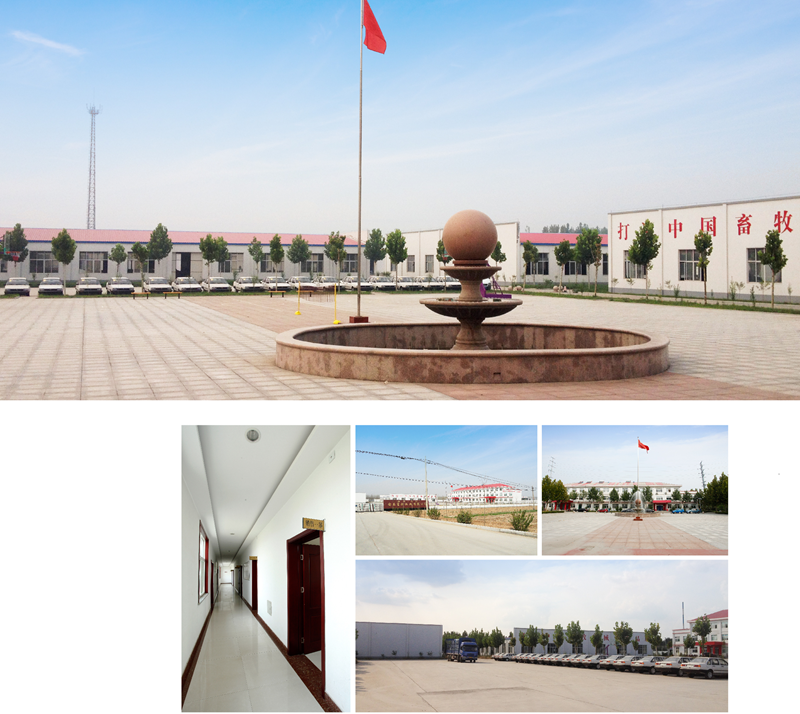
Shandong Huimin Qinle Livestock Machinery Co., Ltd. (formerly Shandong Huimin Qinle Livestock Machinery Factory) is a professional poultry equipment manufacturer with over 20 years of experience. We offer a comprehensive service package, from design (land and chicken coops), production (equipment and prefabricated steel coops), installation, commissioning, customer training, and after-sales service.
Located in Huimin County, Binzhou City, Shandong Province, China, the company has extensive experience in mechanical processing and manufacturing, as well as livestock machinery production and operation. With fixed assets of RMB 15 million, the company employs 160 people, including 30 R&D staff, and occupies a 40,000-square-meter factory. Equipped with over 110 pieces of advanced precision production equipment, including CNC machining centers and laser cutting machines, the company boasts a production capacity of RMB 50 million.
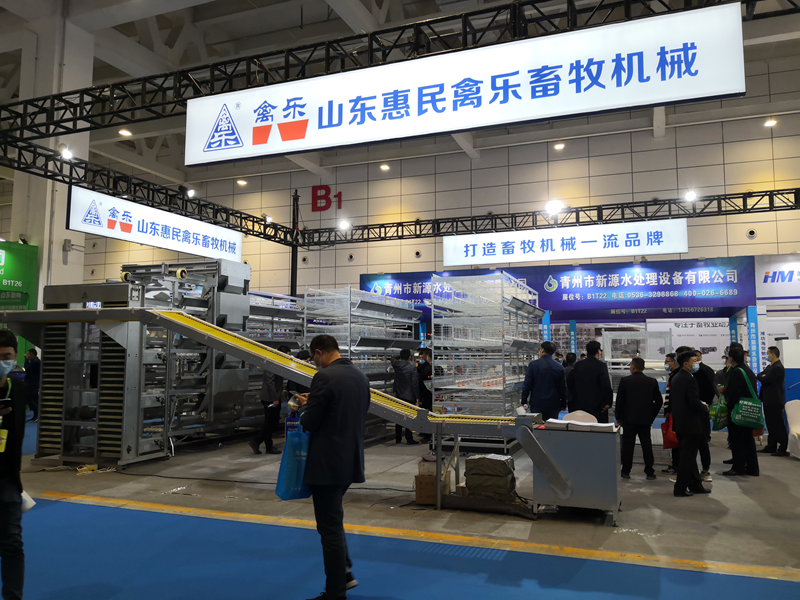


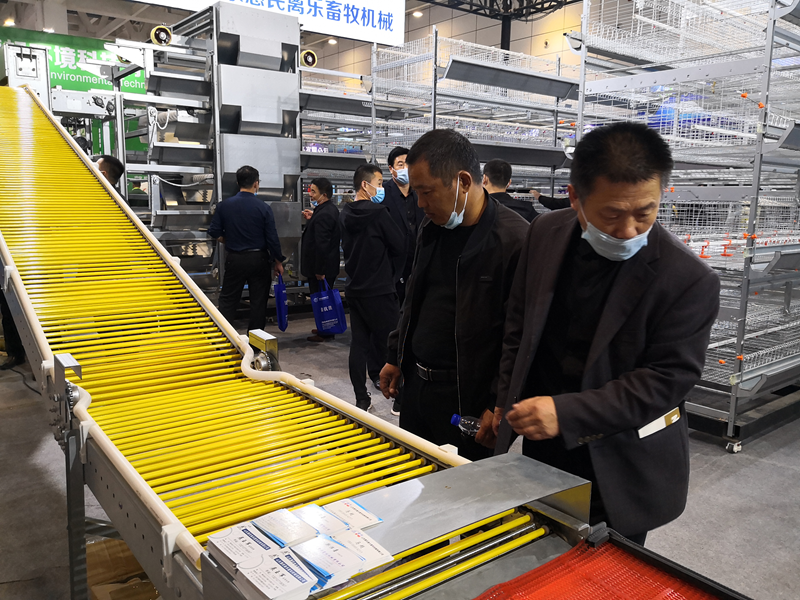
Chicken Farming Equipment Mesh Production Workshop

Machining Workshop

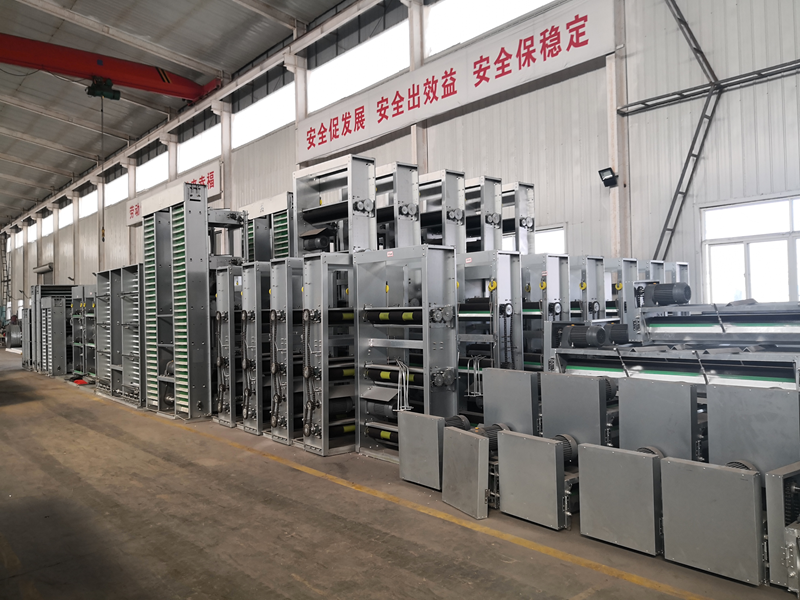
Turret-type CNC Punch Press, Laser Cutting and Other Machining Equipment



Fully Automated Roll Forming Production Line

Hot-dip Galvanizing Production Line

Electroplating Production Line

Environmental Protection Equipment

Chicken Farming Equipment Product Series
Egg-laying Hen Farming Equipment
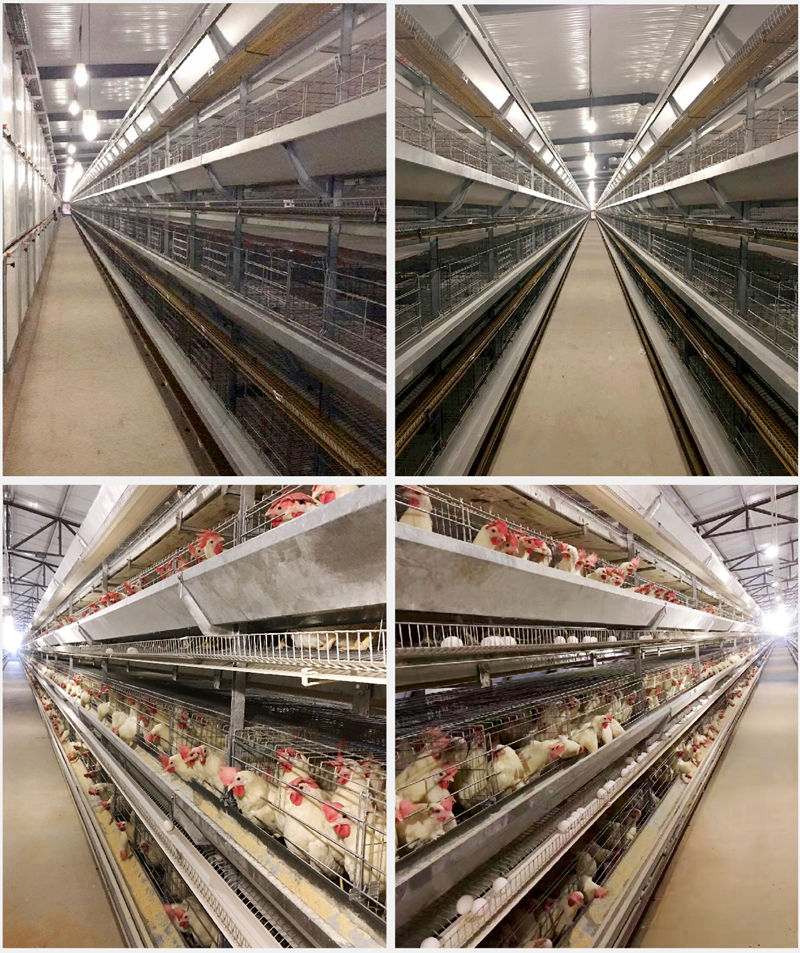
Stacked Brooding Cage Equipment

Stacked Broiler Cage Equipment
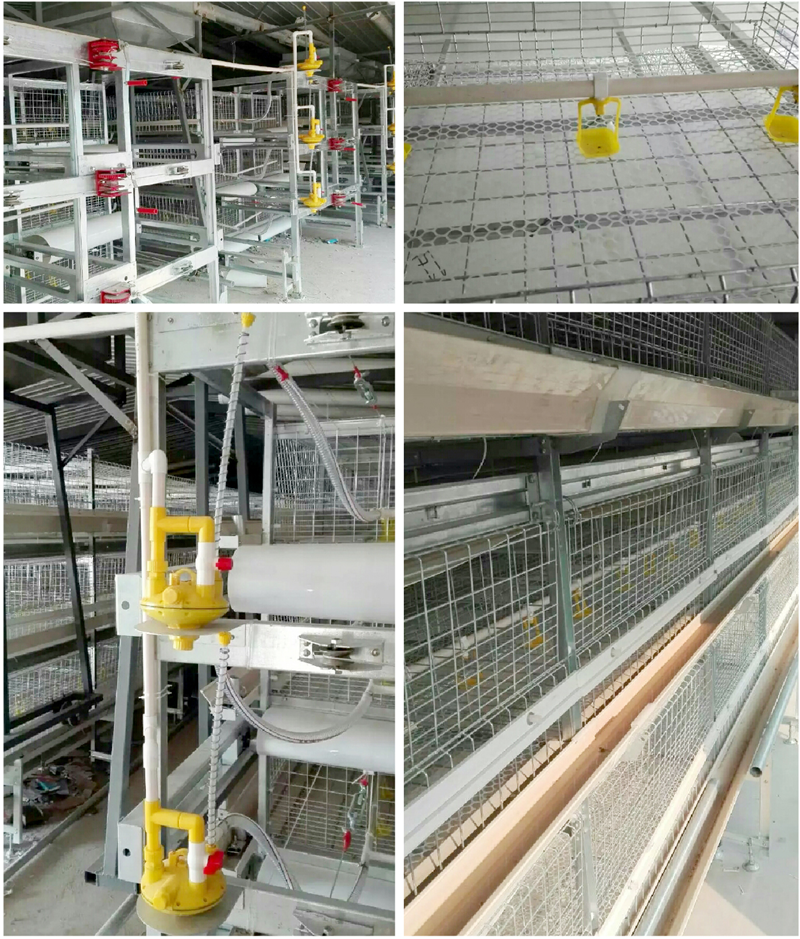
Stepped Layer Hen Cage Rearing Equipment
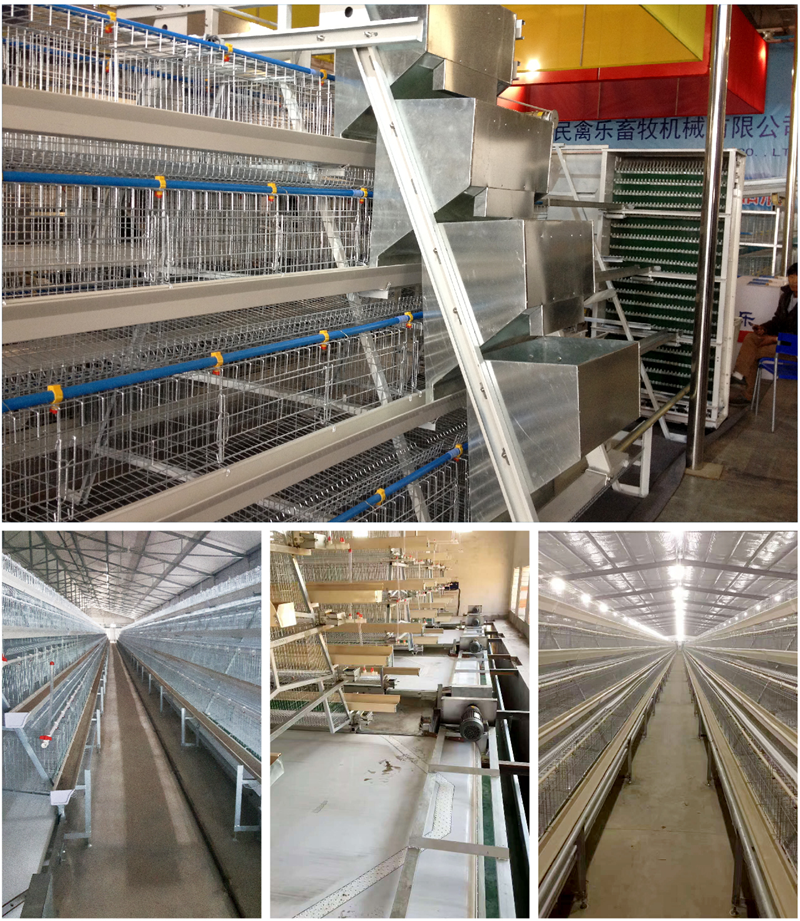
Automatic Egg Collection System

H-type Cage Feeding Machine
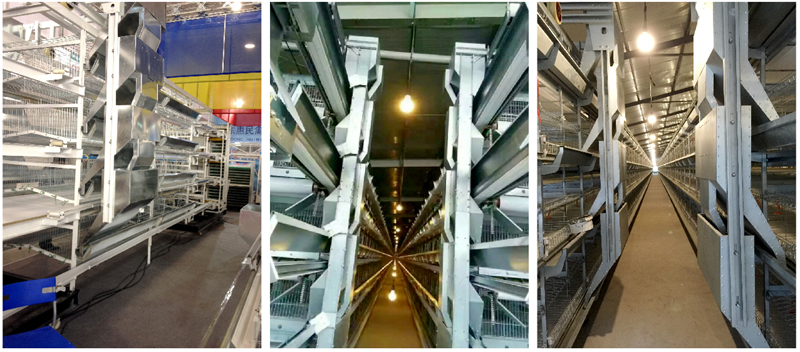
Stepped Cage Straddle Feeder
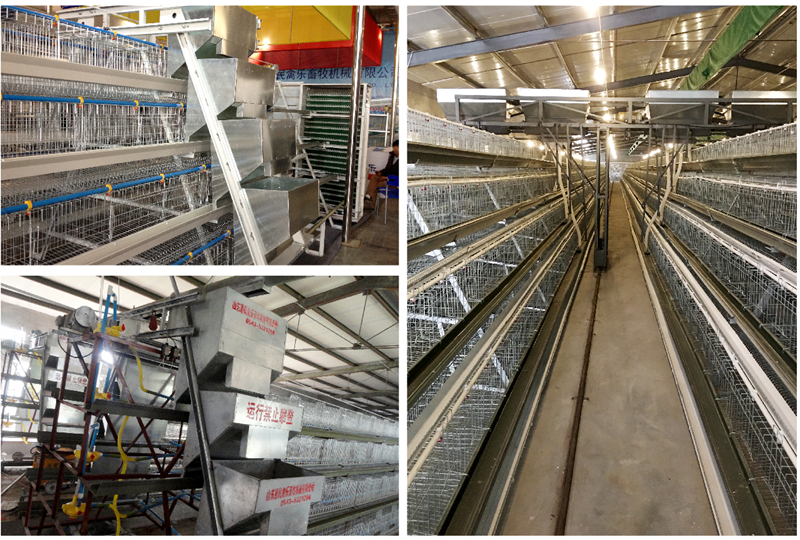
Manure Removal Machine

Fans, Heated Curtains, Environmental Control Systems, and Lighting Equipment
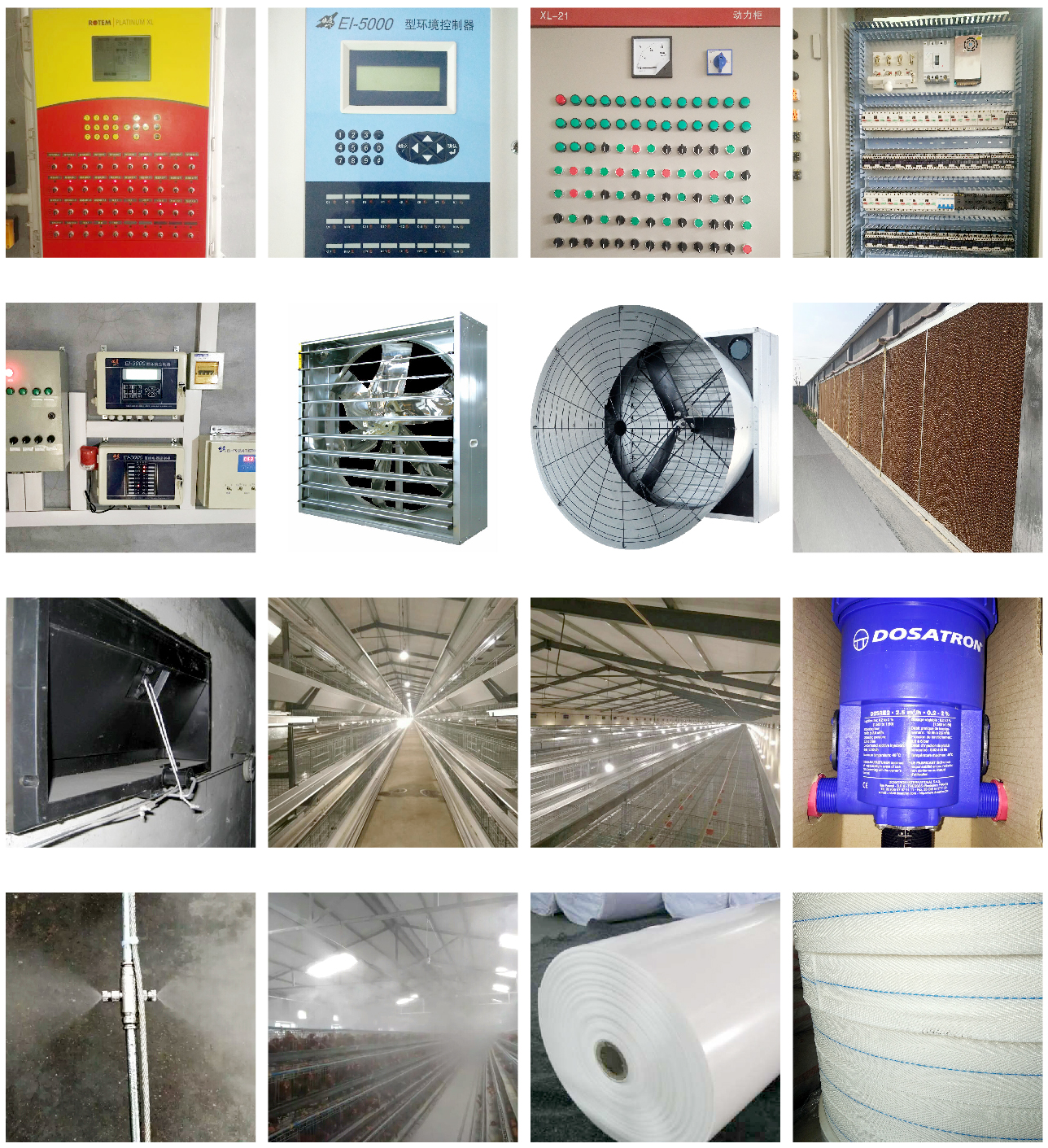
Complete Set of Equipment for Organic Fermentation Treatment of Manure


 Catalogue
Catalogue































 Whatsapp
Whatsapp Telefon
Telefon